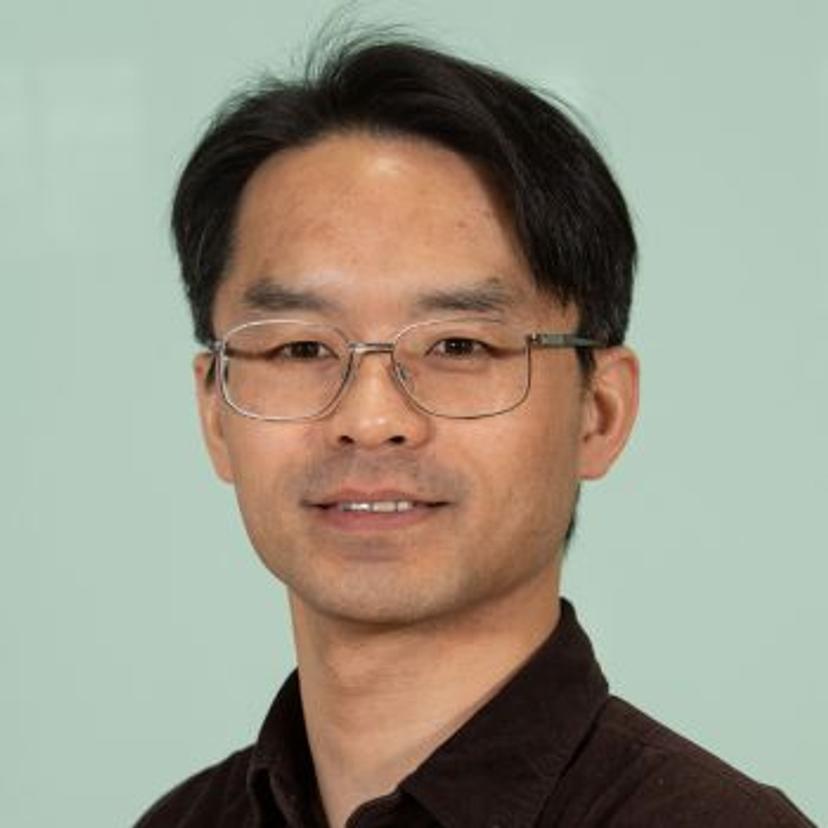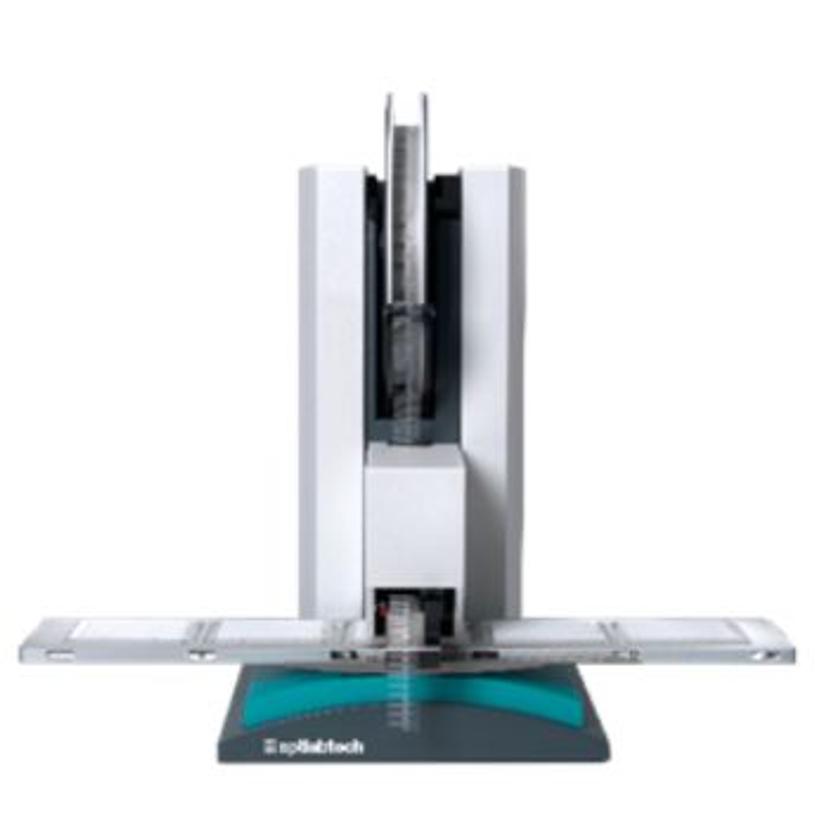A structural biology approach to cancer drug discovery: Understanding protein degradation through E3 ligase function and disease
24 Aug 2023

One of the key factors driving cancer progression is the deregulation of proteins involved in crucial degradation processes . Understanding and targeting protein degradation has emerged as a key new strategy in tackling cancer-associated proteins that were previously resilient to traditional small molecule approaches. Professor Danny Huang and his team at the Beatson Institute for Cancer Research in Glasgow are at the forefront of this research, focusing on the role of E3 ligases in regulating oncogenes and tumor suppressors. Their work uses innovative structural biology and biochemical approaches to uncover new insights, supported by innovative technology like the mosquito® crystal liquid handler, and holds promise for revolutionizing cancer treatment strategies.
E3 Ligases and the Ubiquitin-Proteasome System
In the intricate world of cellular machinery, the ubiquitin-proteasome system (UPS) plays a pivotal role in maintaining protein homeostasis. This system is regulated through a cascade of enzymes involving an E1 activating enzyme, an E2 conjugating enzyme, and an E3 ligase, that mark target proteins for proteasomal degradation by attaching a ubiquitin tag. The disruption of this pathway for oncogenes or tumor suppressors, for example due to genetic mutations, results in excessive signaling that fuels cancer development.
A structural biology approach to study E3 RING domains
Professor Huang's research focuses on understanding the structural biology of E3 ligases, specifically the RING domain and its interaction with E2-ubiquitin substrate. His team is aiming to decipher the catalytic mechanism behind ubiquitin transfer by these domains, even though they lack a traditional active site.
One ligase under scrutiny is CBL, which undergoes genetic mutations in Juvenile Myelomonocytic Leukemia (JMML), a rare disease affecting young children. The primary treatment for JMML is hematopoietic stem cell transplantation, with a success rate of only 69%. The objective is to devise a supplementary treatment that, when combined with stem cell transplantation, can enhance success rates and overall patient well-being.
The team employs protein engineering to stabilize the E2-ubiquitin conjugate, mimicking the thioester bond and trapping it in a crystal structure. By studying the effect of cancer-associated mutations on its structure using X-ray crystallography, the group can determine how such mutations disrupt the CBL’s ubiquitin ligase activity and convert it into an adaptor protein to drive cancer progression.
Targeting p53 and MDM2 interactions for new cancer therapies
Another key focus of Professor Huang's research has been the interaction between the well-known tumor suppressor protein p53 and the E3 ligase MDM2, which regulates cellular p53 levels. A promising therapeutic strategy is to stop inhibition of p53 which occurs in many cancers, by preventing MDM2-p53 binding. Professor Huang’s group is exploring whether inhibition of MDM2’s ubiquitin ligase activity could be an alternate strategy to reactivate p53.
By studying the crystallized structures of MDM2 complexed with E2 ubiquitin conjugates, the team has gained insights into the activation process that transfers ubiquitin to p53. This knowledge paves the way for the development of small molecules that target MDM2's E3 ligase activity, preventing p53 degradation and promoting cell cycle arrest and apoptosis to eliminate cancer cells. Professor Huang’s team collaborate closely with other groups at the Beatson Institute and University of Glasgow to design and evaluate new small molecule inhibitors.
Accelerating crystallography with innovative liquid handling technology

Their valuable research is accelerated by using the mosquito crystal automated liquid handler, which enables rapid and accurate set up of crystallization plates across 96 wells. When done manually, ¬setting up a single crystallization plate can take over 30 minutes, but with mosquito, this time is reduced to under 3 minutes. This significant time saving allows the team to invest time and resources more efficiently around the laboratory. The single column disposable positive displacement micropipettes in mosquito ensures consistency across wells and eliminates the risk of cross-contamination.
Protein production and purification is a complex and labor-intensive process that often yields only small amounts of purified protein, making it a precious resource. As mosquito delivers high accuracy even at ultra-low liquid volumes, reaction volumes and protein sample can be scaled down successfully for each experiment.
PROTACs: An Emerging Modality in Cancer Drug Discovery
An emerging field in cancer research is the use of Proteolysis Targeting Chimeras (PROTACs), bifunctional molecules that bind to both the target protein and the E3 ligase. They present a way to hijack the ubiquitin-proteasome system to accelerate degradation of a target substrate. Since the discovery of their utility in protein degradation, the interest in these molecules has grown exponentially in the last few years, as they have allowed researchers to revisit targets previously thought “undruggable”. Professor Huang anticipates that the focus on PROTACs will continue to grow in the future and looks forward to seeing them make their way into clinical trials.
Again, structural biology plays an important role in this research as solving the structure is key to understanding their functionality. Professor Huang is collaborating with the University of Glasgow in the design and optimization of new PROTAC molecules.
Conclusion
The work being done by Professor Danny Huang and his lab group at the Beatson Institute demonstrates the power of interdisciplinary collaboration and cutting-edge technology in advancing cancer research. Their exploration of E3 ligases, coupled with the utilization of advanced structural biology techniques and automated liquid handling, is shedding light on the complex molecular mechanisms underlying cancer progression, with the aim of creating a brighter future for cancer patients worldwide.

